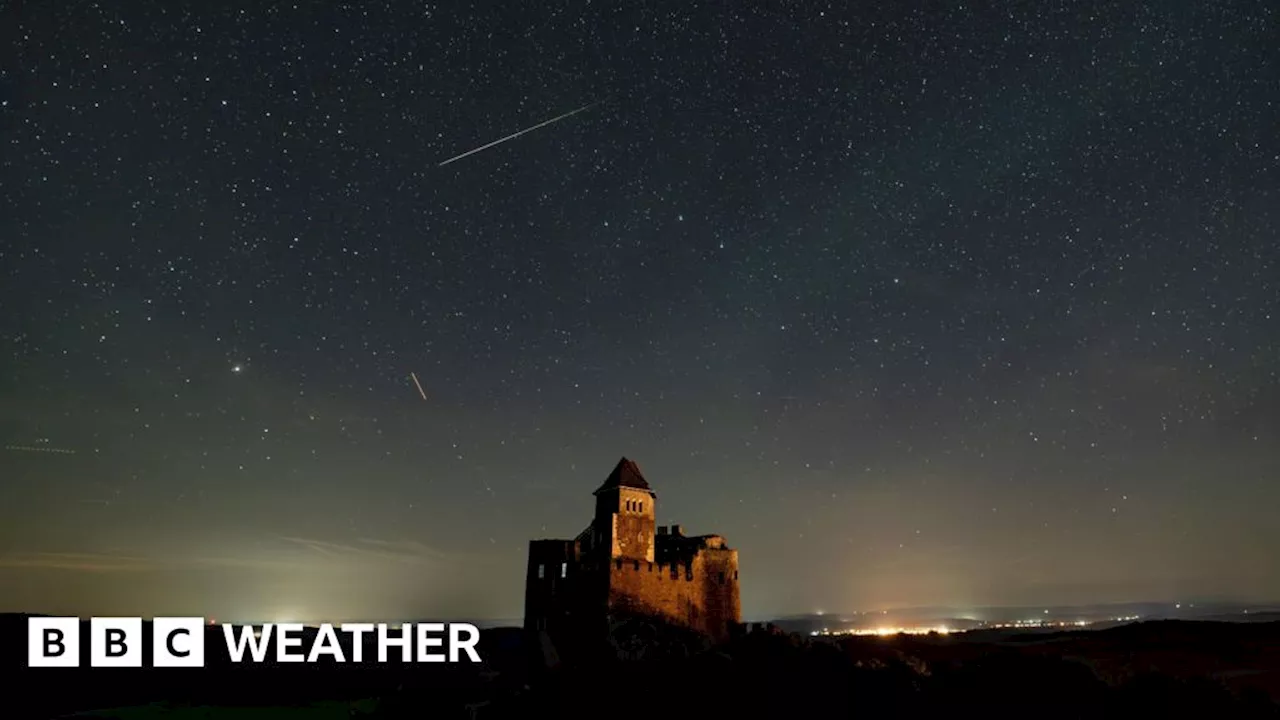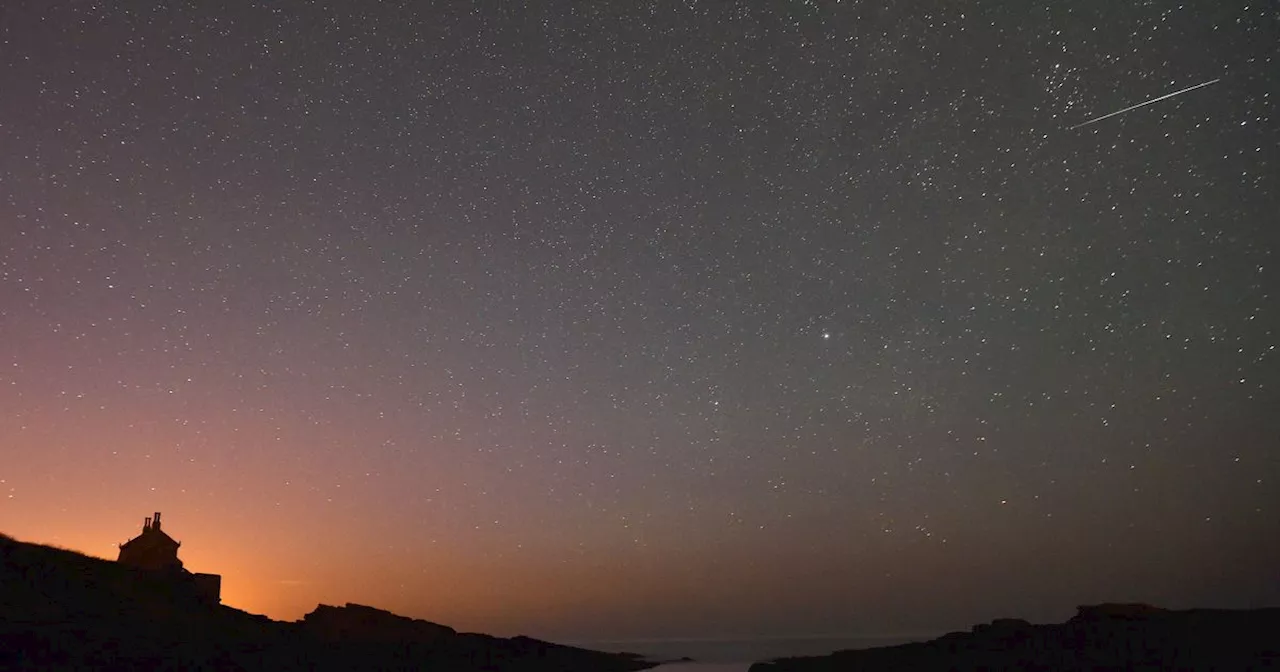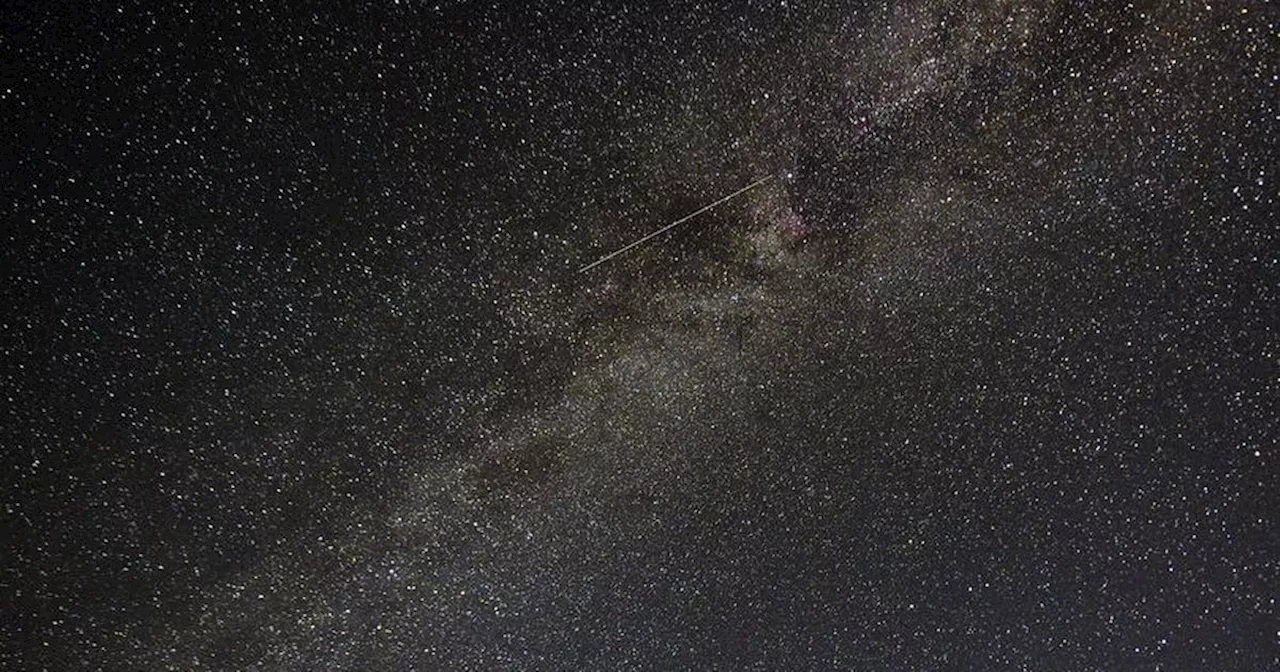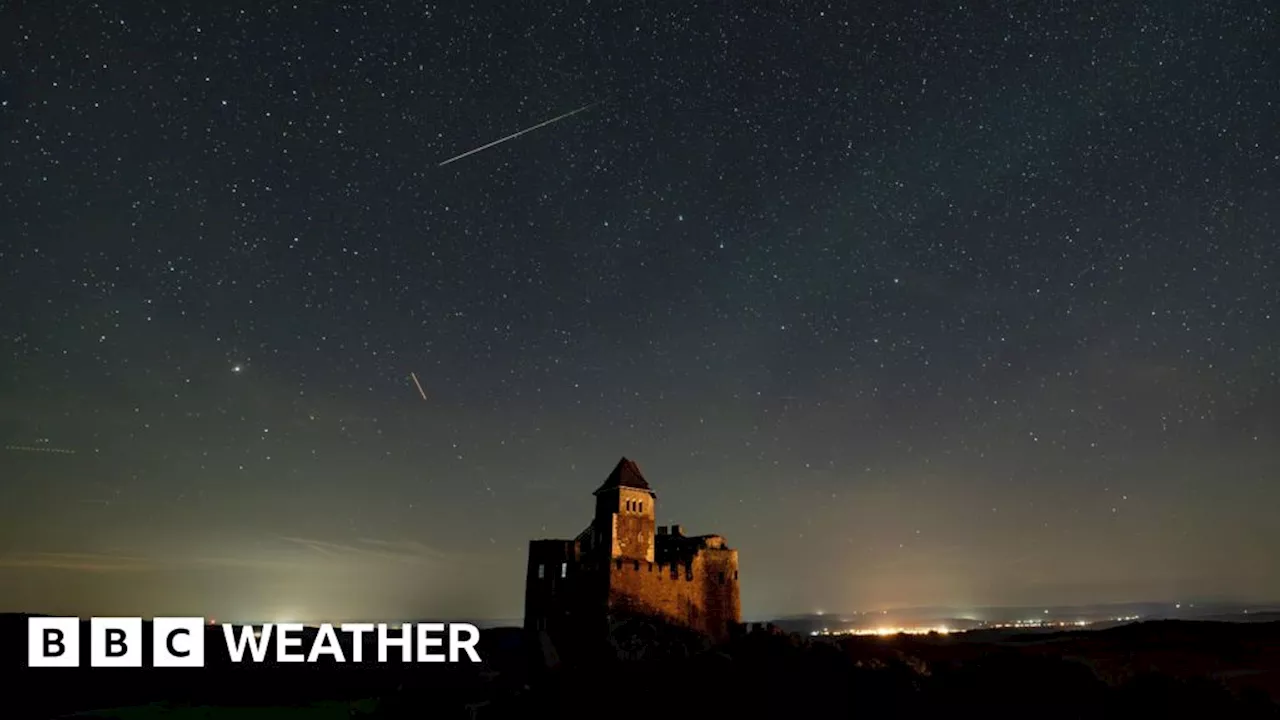The Northern Taurids are at their peak on 11-12 November - but will the clouds part to let us see them?
Sky watchers are looking forward to the next meteor shower, the Northern Taurids, which are set to peak on 11-12 November.
Each time Encke returns to the inner solar system, its nucleus sheds ice and rock into space into a vast debris stream. When Earth passes through this debris the "comet crumbs" heat up as they enter our atmosphere and burn up in bright bursts of light. The Southern Taurids run from about 23 September to 12 November and peaked earlier this month. Northern Taurids stem from a nearby but slightly different stream and are active from about 13 October 13 to 2 December, peaking around 11-12 November.
The best time to view the Taurid meteor shower is around midnight when the shower's radiant , the Taurus constellation, is high in the sky.
United Kingdom Latest News, United Kingdom Headlines
Similar News:You can also read news stories similar to this one that we have collected from other news sources.
 How to see the Taurid Meteor ShowerThe Northern Taurids are at their peak on 11-12 November - but will the clouds part to let us see them?
How to see the Taurid Meteor ShowerThe Northern Taurids are at their peak on 11-12 November - but will the clouds part to let us see them?
Read more »
 Halley's comet meteor shower will peak this weekend — how to see the OrionidsThe Orionids fill the night sky each year from late September to mid-November and this year they are expected to peak before dawn on Sunday and Monday (20 and 21 October)
Halley's comet meteor shower will peak this weekend — how to see the OrionidsThe Orionids fill the night sky each year from late September to mid-November and this year they are expected to peak before dawn on Sunday and Monday (20 and 21 October)
Read more »
 Orionid meteor shower - way to see Halley's comet shooting starsThe Orionid meteor shower is one of the most reliable meteor showers in the annual calendar, visible from across the globe
Orionid meteor shower - way to see Halley's comet shooting starsThe Orionid meteor shower is one of the most reliable meteor showers in the annual calendar, visible from across the globe
Read more »
 Dozens of shooting stars to flash through the skies every hour TONIGHT as one of the year’s BEST meteor s...How to Watch a Meteor Shower
Dozens of shooting stars to flash through the skies every hour TONIGHT as one of the year’s BEST meteor s...How to Watch a Meteor Shower
Read more »
 Orionids Meteor Shower 2024: Can I see it?The Orionids meteor shower will peak on Monday night into Tuesday with the best viewing conditions between midnight and dawn - if skies are clear.
Orionids Meteor Shower 2024: Can I see it?The Orionids meteor shower will peak on Monday night into Tuesday with the best viewing conditions between midnight and dawn - if skies are clear.
Read more »
 Orionid meteor shower to light up skies overnight - but the moon may limit your viewThe ice and rocky dust left in Earth's orbit by Halley's Comet creates an annual meteor show - but the moon is likely to cause problems for stargazers this time around.
Orionid meteor shower to light up skies overnight - but the moon may limit your viewThe ice and rocky dust left in Earth's orbit by Halley's Comet creates an annual meteor show - but the moon is likely to cause problems for stargazers this time around.
Read more »
